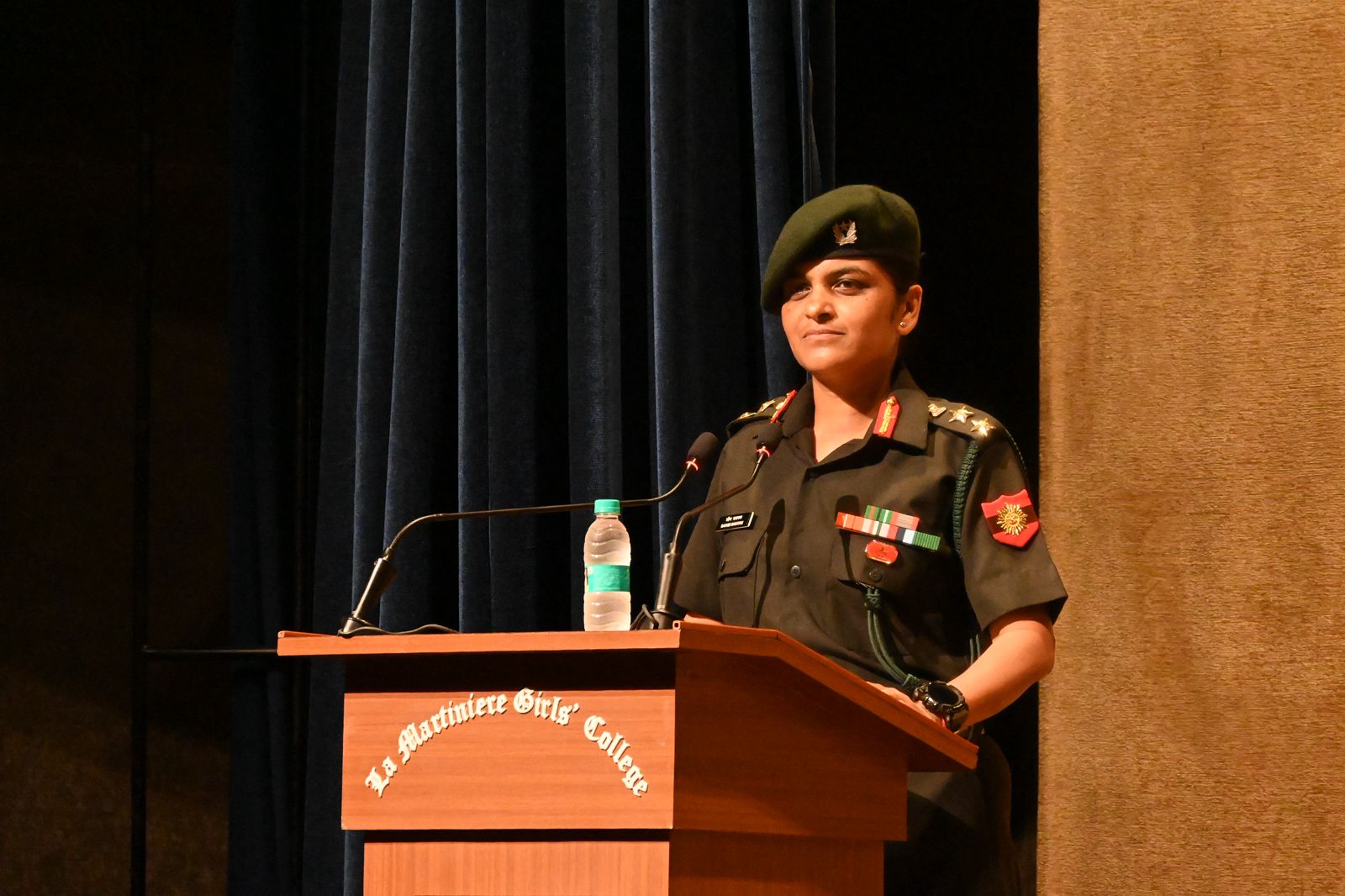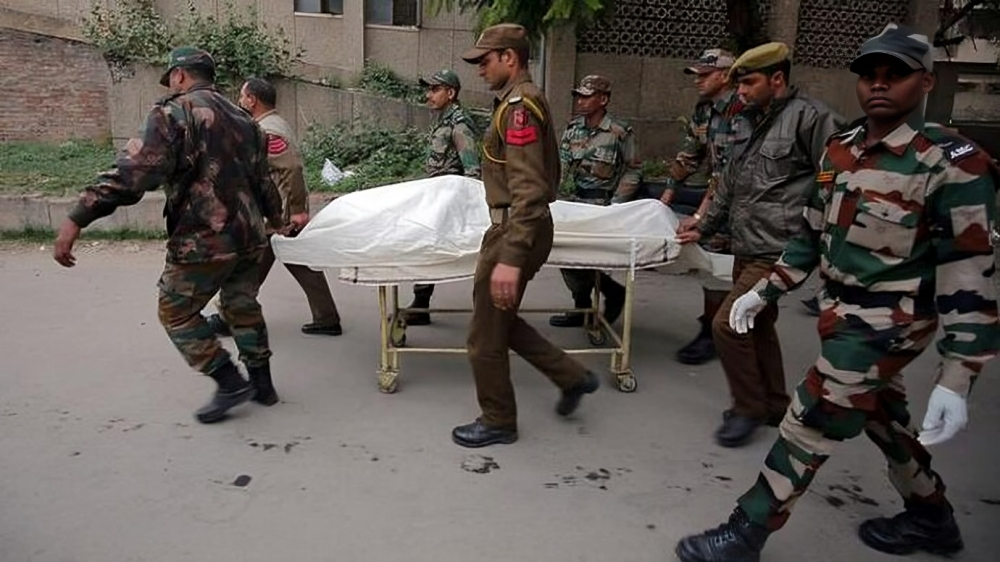Indian Army Women Officers Inspire Students at Lucknow Model UN
In a compelling demonstration of leadership and empowerment, two senior Indian Army officers, Colonel Neha Bhatnagar and Colonel Rashmi Naarayan,…
Army Jawan Dies in Accidental Firing in J&K’s Rajouri
n a deeply unfortunate incident, an Indian Army jawan lost his life due to accidental firing in the Dharamsal area…
Son of 26/11 Mumbai Terror Attack Mastermind Slams Bilawal Bhutto Over Extradition Remark
In a rare public outburst, Talha Saeed — son of 26/11 Mumbai terror attack mastermind Hafiz Saeed — has lashed…
BRICS Leaders Condemn Pahalgam Terror Attack, Denounce Double Standards on Counter-Terrorism
In a strong diplomatic endorsement of India’s stand against terrorism, leaders of BRICS nations on Sunday unequivocally condemned the April…
Defence Minister Rajnath Singh to Inaugurate Controllers’ Conference 2025 in Delhi on July 7
Defence Minister Rajnath Singh will inaugurate the ‘Controllers’ Conference 2025’ on Monday, a pivotal three-day conclave hosted by the Defence…
Meet Ramesh Kharmale: Retired Army Soldier Who Revived Junnar Hills with Family-Led Green Mission
In the scenic hills of Junnar in Maharashtra’s Pune district, a former Indian Army jawan is leading a remarkable transformation.…






